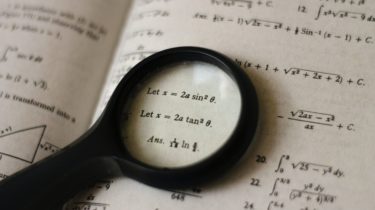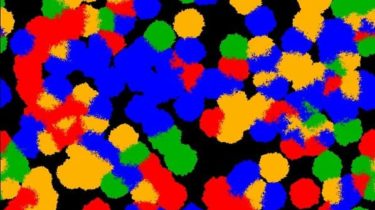A Gentle Introduction to Decorators in Python
When working on code, whether we know it or not, we often come across the decorator design pattern. This is a programming technique to extend the functionality of classes or functions without modifying them. The decorator design pattern allows us to mix and match extensions easily. Python has a decorator syntax rooted in the decorator design pattern. Knowing how to make and use a decorator can help you write more powerful code. In this post, you will discover the decorator […]
Read more








